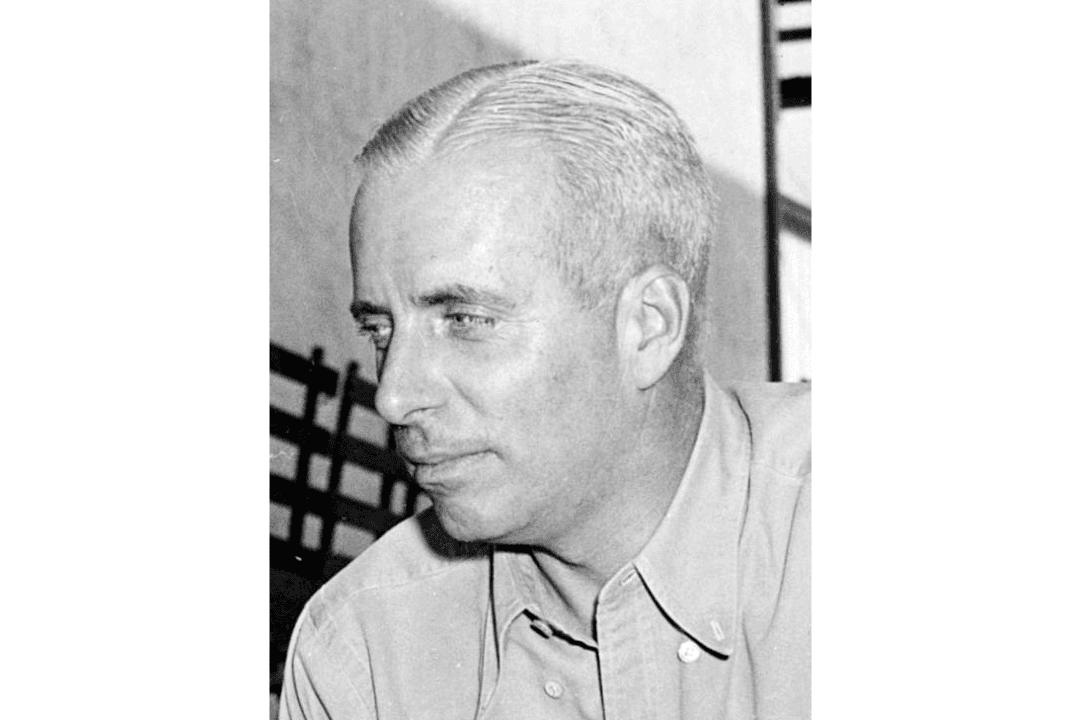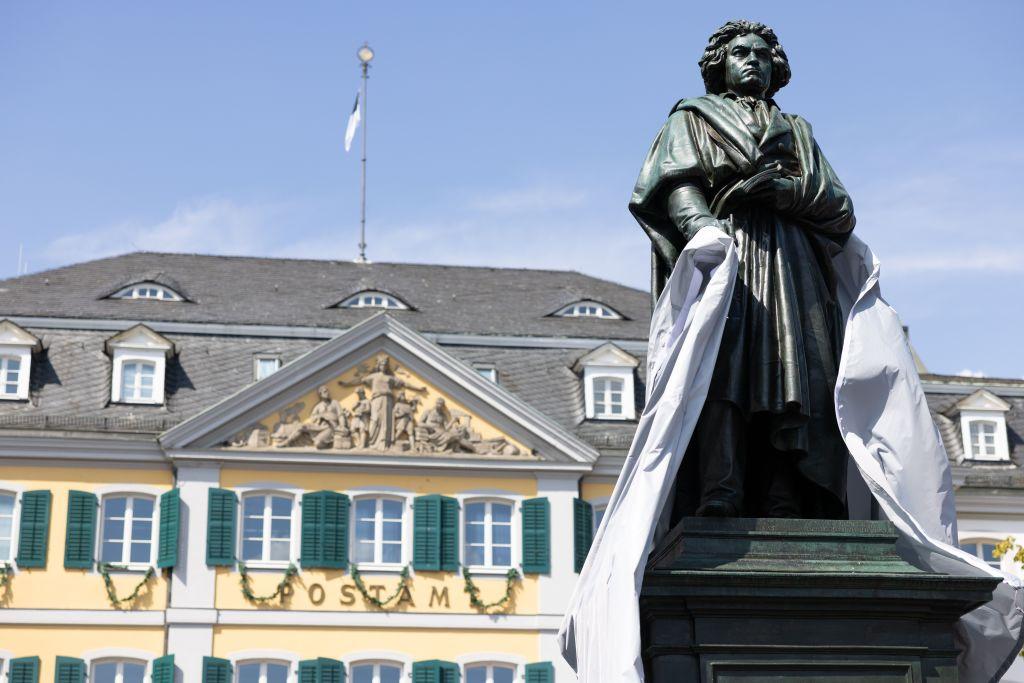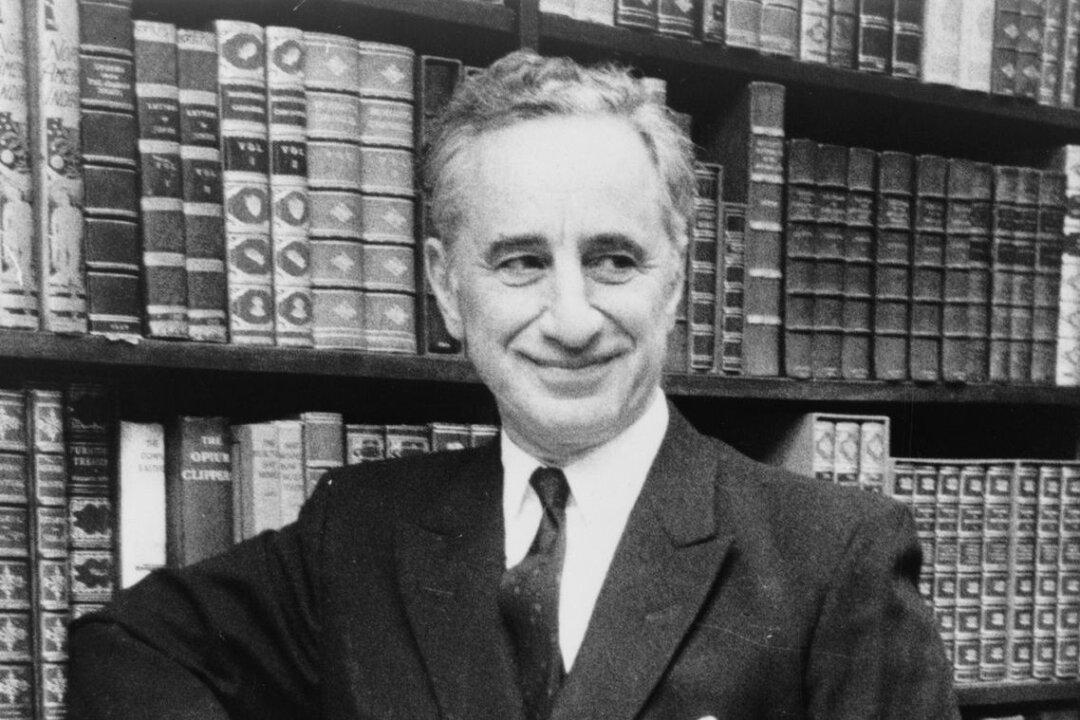Fred was in trouble. Ever since childhood, he and his sister, Adele, had danced together as a team, finding success in vaudeville and then stardom on Broadway. Adele was the focus of the act, radiating charm and star quality, while her brother escorted and supported her. But she was gone now. She’d suddenly married and left the act. Could Fred find another partner with Adele’s magical appeal? Unlikely. Would audiences pay to see him perform without her? Even less likely.
In Hollywood, with the advent of talkies, the studios were cranking out a bunch of quickie musicals. Surely, Fred’s Broadway résumé would get him work there. It got him a screen test. The camera whirred and he showed his stuff, certain that in no time he’d be starring alongside Jeanette MacDonald and Maurice Chevalier.






